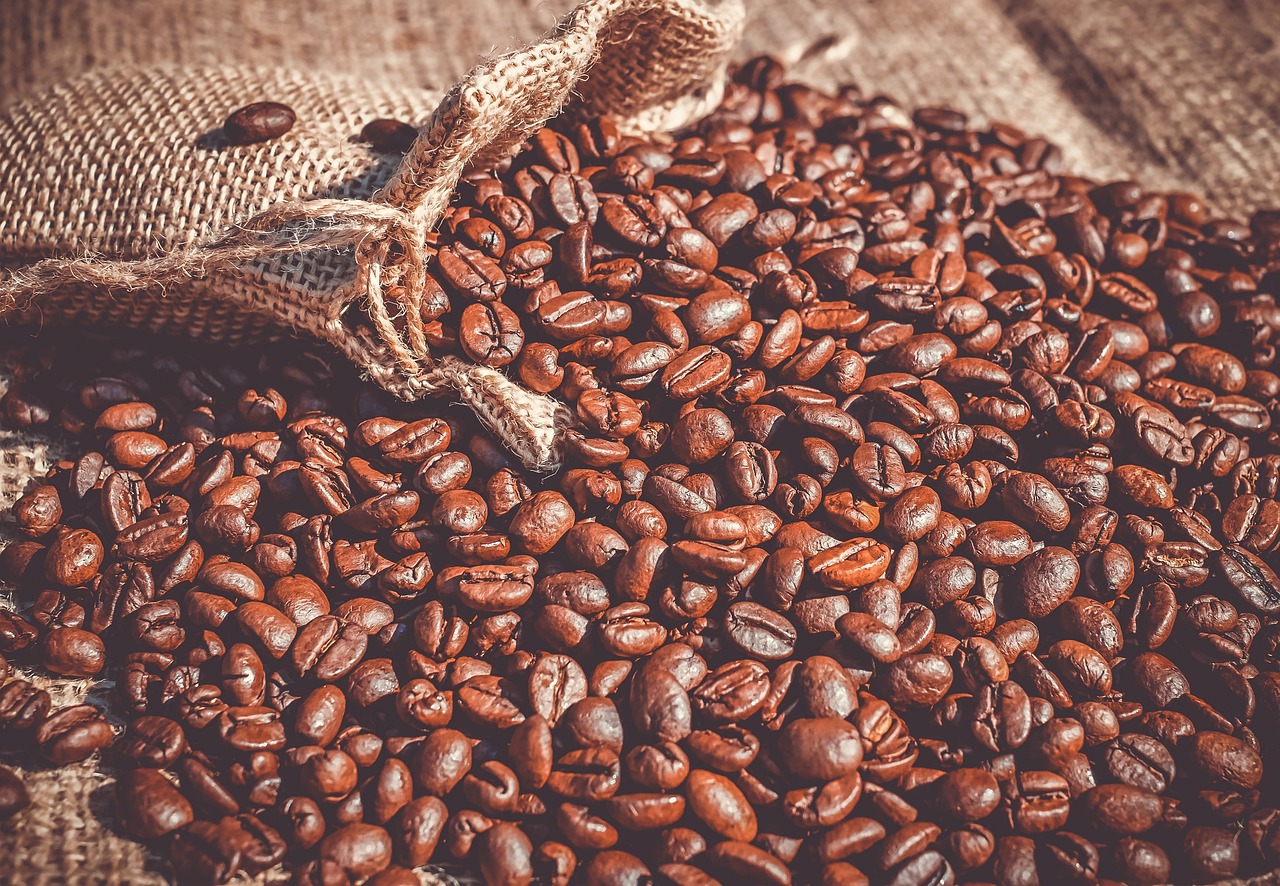If you love your caffeine fix and can’t live without coffee, how can you choose a coffee which lowers your carbon footprint?
Coffee and milk
Adding cow’s milk to coffee makes a big difference to a coffee’s carbon footprint because a lot of land is needed for cows to graze and to grow their food. Raising cows are the main reason for deforestation and so any products that comes from cows automatically has high carbon emissions. Research by University College London shows the carbon footprint of these coffees:
Lattes 0.55 kg of CO2
Cappuccinos 0.41 kg of CO2
Flat whites 0.34 kg of CO2
Espresso 0.28 kg of CO2
Reducing the carbon emissions of these drinks can be done using alternative milks such as oat milk, soya milk and nut milks.
Coffee beans and sustainability
Coffee beans that are most often used are arabica coffee beans. The two biggest producers of these coffee beans are Brazil and Vietnam. Forests need to be cleared to grow coffee beans and with demand set to triple by 2050, more tropical forest is at risk of deforestation. Choosing a coffee using sustainable coffee beans makes a big different to a coffee’s carbon emissions, as research from UCL shows that the same coffees made with sustainable coffee beans have a much lower carbon footprint:
Lattes 0.33 kg of CO2
Cappuccinos 0.2 kg of CO2
Flat whites 0.13 kg of CO2
Espresso 0.06 kg of CO2
It is best to check whether coffee beans your coffee shop uses are sustainably sourced. When you are buying coffee for yourself, buy from certified schemes which ensure coffee beans have been made with minimum ethical standards.
Coffee and extra toppings
Things that always increase the carbon footprint of a coffee is adding whipped cream, sugar and sprinkles. If you can, try to avoid adding these things to coffee. It will also have less calories!
Making your own coffee
If you are making coffee with hot water, you can reduce your carbon emissions by not filling up the kettle too much. On average, most people put double the amount of water they need to in a kettle when making a hot drink.

Leave a Reply